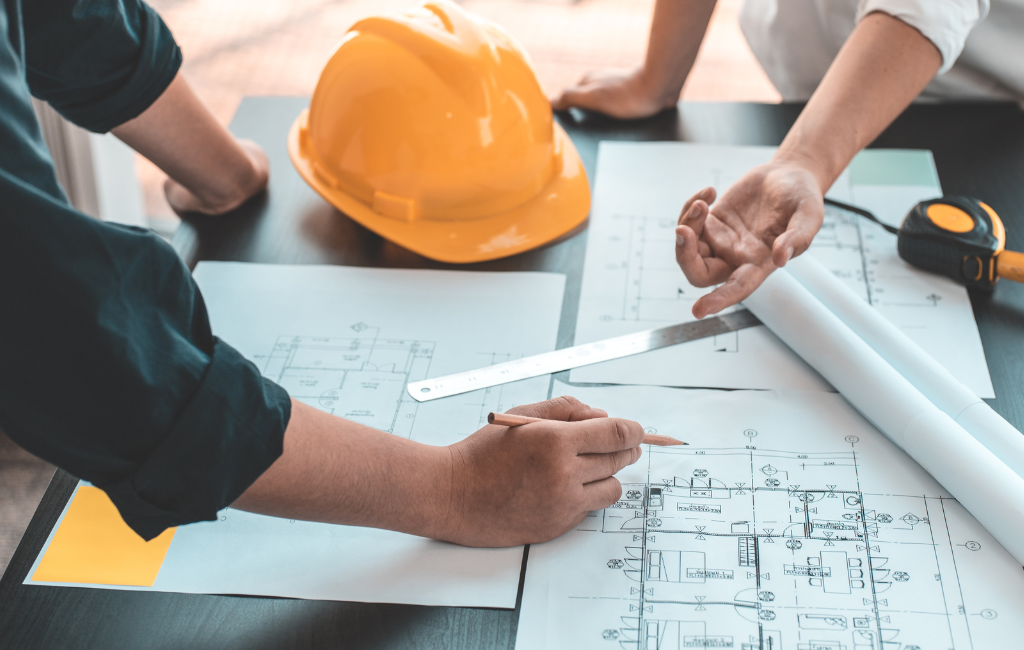Architect Solutions for Urban Living
Urban living presents unique challenges and opportunities for architects. As cities grow and evolve, the need for innovative and sustainable architectural solutions becomes increasingly important. This article explores various strategies and examples of how architects are addressing the complexities of urban environments.
Green Building and Sustainability
One of the most significant trends in urban architecture is the emphasis on green building and sustainability. Architects are incorporating eco-friendly materials and energy-efficient designs to reduce the environmental impact of buildings.
Examples of Green Buildings
- One Central Park, Sydney: This residential tower features vertical gardens and a heliostat to reflect sunlight into shaded areas.
- Bullitt Center, Seattle: Known as the “greenest commercial building in the world,” it uses solar panels, rainwater harvesting, and composting toilets.
These examples demonstrate how green building practices can be integrated into urban settings, providing both environmental and economic benefits.
Mixed-Use Developments
Mixed-use developments combine residential, commercial, and recreational spaces within a single area. This approach promotes a sense of community and reduces the need for long commutes.
Case Study: Hudson Yards, New York City
Hudson Yards is a prime example of a mixed-use development. It includes residential units, office spaces, retail stores, and public parks. This integration creates a vibrant community where people can live, work, and play without leaving the neighborhood.
Smart Cities and Technology Integration
Technology plays a crucial role in modern urban architecture. Smart cities use data and technology to improve the quality of life for residents.
Features of Smart Cities
- Smart Grids: Efficient energy distribution systems that reduce waste and lower costs.
- IoT Devices: Internet of Things devices that monitor and manage urban infrastructure.
- Public Wi-Fi: Free internet access in public spaces to enhance connectivity.
These technological advancements help create more efficient, sustainable, and livable urban environments.
Affordable Housing Solutions
Affordable housing is a pressing issue in many urban areas. Architects are developing innovative solutions to provide quality housing at lower costs.
Case Study: NEST, Zurich
NEST is a modular building that allows for flexible and affordable housing solutions. Its design enables quick construction and adaptability to different needs, making it a model for future urban housing projects.
Public Spaces and Community Engagement
Public spaces are essential for fostering community engagement and improving the quality of urban life. Architects are designing multifunctional public areas that serve various purposes.
Examples of Successful Public Spaces
- High Line, New York City: A linear park built on a disused railway track, offering green space and cultural activities.
- Millennium Park, Chicago: Features art installations, gardens, and performance spaces, attracting both locals and tourists.
These spaces provide residents with areas to relax, socialize, and participate in community events.
Adaptive Reuse of Buildings
Adaptive reuse involves repurposing old buildings for new uses. This approach preserves historical architecture while meeting modern needs.
Case Study: Tate Modern, London
The Tate Modern is a former power station converted into a contemporary art museum. This project showcases how adaptive reuse can breathe new life into old structures, making them relevant and functional in today’s urban context.
Conclusion
Architectural solutions for urban living are diverse and multifaceted. From green buildings and mixed-use developments to smart cities and adaptive reuse, architects are finding innovative ways to address the challenges of urbanization. These strategies not only improve the quality of life for residents but also contribute to the sustainability and resilience of cities. As urban areas continue to grow, the role of architecture in shaping our living environments will become increasingly significant.
